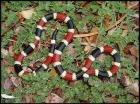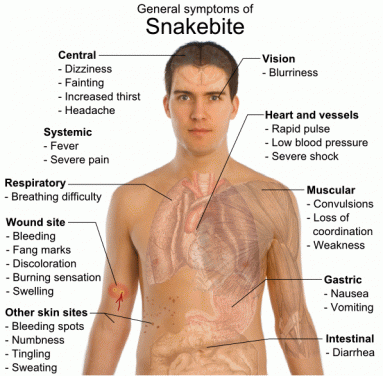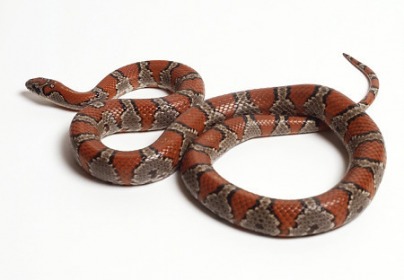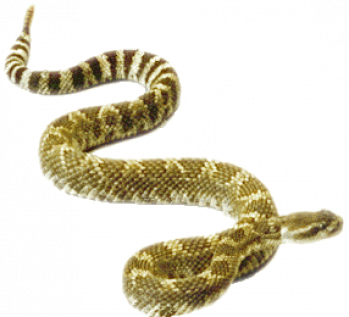How to survive a snake bite.
|
Stay calm. This sounds trite, but will save your life. By becoming agitated, your heart beats faster and you increase the flow of blood to the affected area and increase the amount of toxin able to find its way into your tissues.
Not every venomous snakebite injects venom but you should never wait for symptoms to kick in before going to the emergency room. Symptoms of venomous snakes vary. An untreated venomous snakebite that injected venom is a serious medical condition that ultimately results in death. The natural response is to panic, but staying calm will keep you alive a lot longer. Many websites recommend killing the snake and bringing it with you. This wastes time and puts you or someone else in further danger. Anti-venom these days is polyvalent - that is, they are effective against multiple venoms. You should always be aware of what the common venomous snakes in your region look like. Just because you got bitten is not a good reason to kill a beautiful creature.(I mean the least you could do is let it live after it showed you who was boss) |
|







